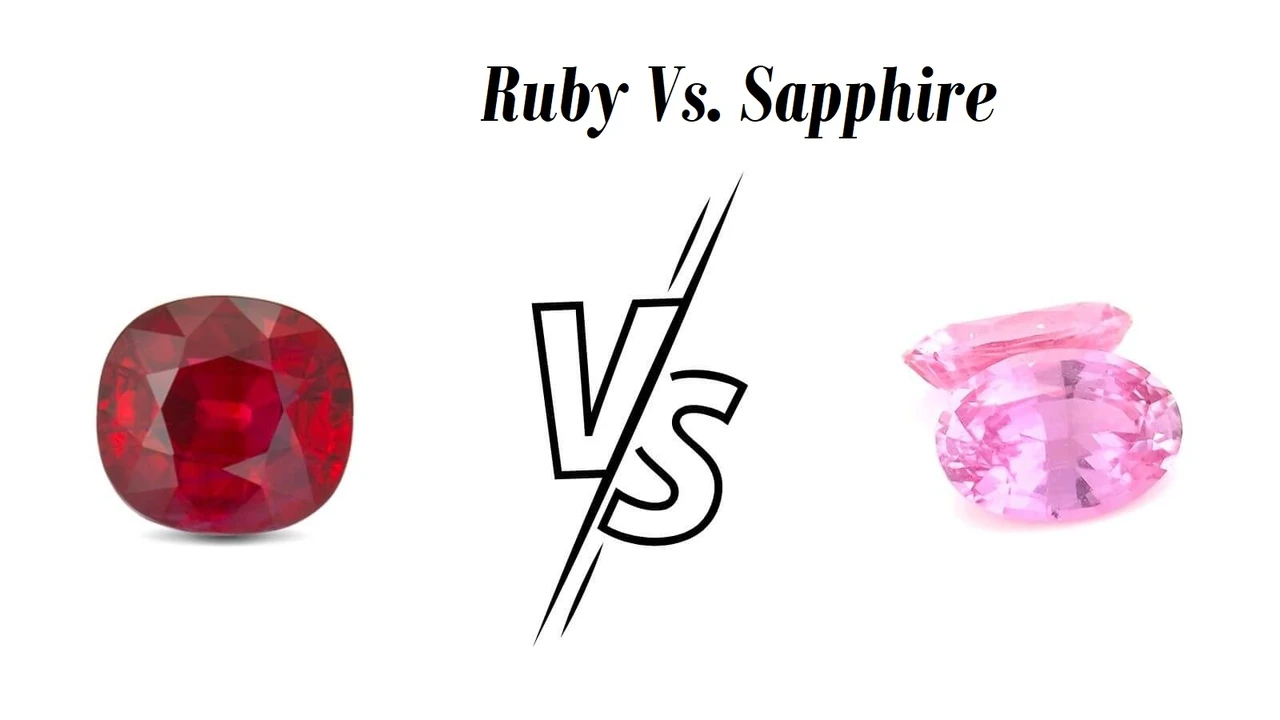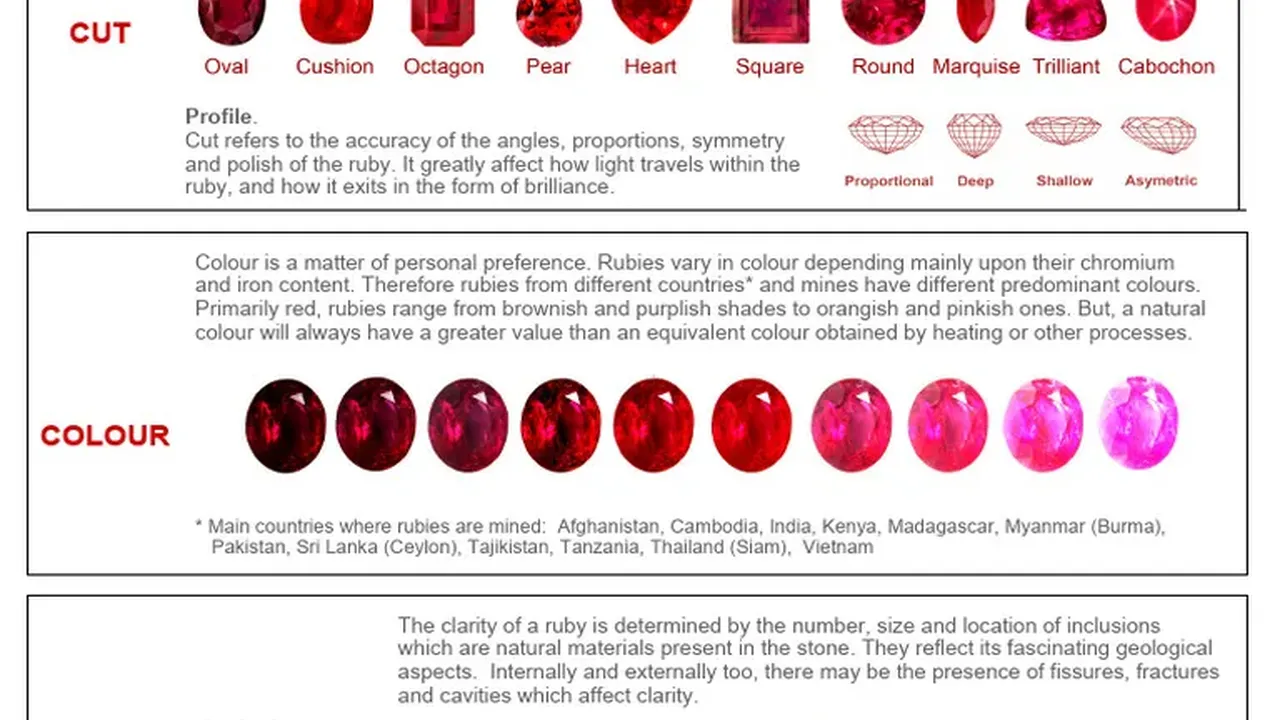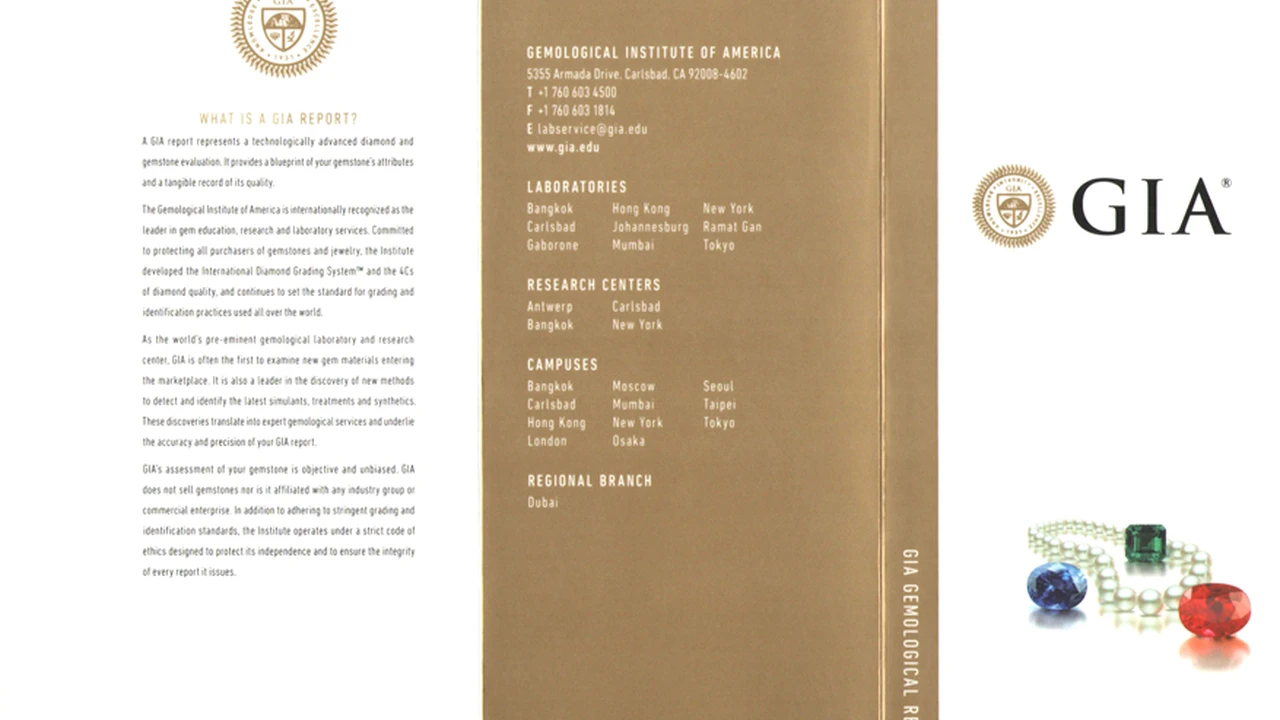Is Emerald Investment Right for You Know the Risks
<em>Meta Description: Evaluate the risks and rewards of investing in emeralds. Understand market volatility, sourcing challenges, and authentication issues.</em>

So, you're thinking about diving into the world of emerald investment? That's exciting! Emeralds are gorgeous, mysterious, and can potentially be a great addition to your portfolio. But before you take the plunge, let's be real: it's not all sunshine and rainbows. Like any investment, emeralds come with their own set of risks. Let's break it down, shall we?
Emerald Market Volatility Understanding Price Fluctuations
The emerald market isn't exactly known for being predictable. Prices can fluctuate based on a whole bunch of factors, from new mine discoveries to global economic shifts. One minute, Colombian emeralds are all the rage, and the next, everyone's clamoring for Zambian stones.
Think about it like this: if a major new emerald deposit is found, the increased supply could potentially drive down prices. Conversely, if a mine closes down or political instability disrupts production, prices could spike. Keeping an eye on these trends is crucial. Sites like Gemworld International and trade publications can be your best friends here.
Sourcing Challenges Ethical Considerations for Emerald Investors
Where your emerald comes from matters. A lot. Ethical sourcing is a huge deal, and you don't want to end up with a gem that's tainted by unethical practices. Some emerald mines have been linked to conflict, environmental damage, and unfair labor practices.
Look for emeralds that are certified through programs like the Responsible Jewellery Council (RJC). Ask your dealer about the origin of the emerald and their sourcing policies. Transparency is key. Don't be afraid to ask tough questions. A reputable dealer will be happy to provide you with the information you need.
Emerald Authentication Avoiding Scams and Identifying Fakes
Unfortunately, the world of gemstones is rife with scams. Fake emeralds, treated stones misrepresented as natural, and outright fraud are all too common. You need to be able to tell the real deal from a clever imitation.
Here's where gemological labs come in. Reputable labs like GIA (Gemological Institute of America) and AGL (American Gemological Laboratories) can provide you with a certificate that verifies the authenticity and quality of your emerald. These certificates will detail the stone's characteristics, including its origin, color, clarity, and any treatments it may have undergone. Always insist on a certificate from a recognized lab before making a significant purchase.
Emerald Treatments and Enhancements Understanding Their Impact on Value
Many emeralds undergo treatments to improve their appearance. Oiling is a common practice, where colorless oil is applied to fill surface-reaching fractures and enhance clarity. While oiling is generally accepted, other treatments, like dyeing or the use of resins, can significantly affect an emerald's value and durability.
Always ask your dealer about any treatments the emerald has undergone. A reputable dealer will be upfront about this information. The certificate from a gemological lab should also indicate any treatments that have been applied.
Emerald Clarity Inclusions and Their Significance
Emeralds are known for their inclusions – those tiny imperfections within the stone. In fact, inclusions are so common in emeralds that they're often referred to as 'jardin,' French for garden. While too many inclusions can detract from an emerald's beauty and value, some inclusions can actually be a sign of authenticity.
Don't expect a flawless emerald. It's extremely rare to find an emerald with perfect clarity. Focus on the overall appearance of the stone and the nature of the inclusions. Are they distracting? Do they affect the stone's brilliance? A skilled gemologist can help you assess the impact of inclusions on an emerald's value.
Emerald Color The Key to Investment Potential
Color is king when it comes to emeralds. The most prized emeralds have a rich, vibrant green hue with a hint of blue. Stones that are too light or too dark, or that have a yellowish or brownish tint, are generally less valuable.
The ideal color is subjective to some extent, but generally, a deep, intense green is preferred. Look for emeralds that have good saturation and even color distribution. The color should be consistent throughout the stone, without any noticeable zoning or color variations.
Emerald Cut and Shape Maximizing Brilliance and Value
The cut of an emerald can significantly impact its brilliance and overall appearance. Emeralds are often cut in a rectangular or square shape, known as the 'emerald cut,' which is designed to minimize stress on the stone and showcase its color. However, other cuts, like round, oval, and pear shapes, are also available.
The cut should be symmetrical and well-proportioned, with facets that are precisely angled to maximize light reflection. A well-cut emerald will have a vibrant sparkle and will appear lively and engaging.
Emerald Carat Weight Finding the Balance Between Size and Quality
Carat weight is simply a measure of an emerald's size. One carat is equal to 0.2 grams. Larger emeralds are generally more valuable than smaller ones, but size isn't everything. A small, high-quality emerald can be worth more than a large, low-quality one.
Focus on finding the best possible quality emerald within your budget. Don't sacrifice color, clarity, or cut just to get a larger stone. A smaller emerald with exceptional color and clarity will be a much better investment in the long run.
Specific Emerald Product Recommendations and Pricing
Alright, let's talk specifics. Here are a few emerald pieces to consider, keeping in mind that prices can vary widely depending on the specific characteristics of the stone:
- Colombian Emerald Ring (1.5 Carat, GIA Certified): Expect to pay anywhere from $8,000 to $15,000 for a high-quality Colombian emerald ring with a GIA certificate. This piece is great for everyday wear and can be dressed up or down.
- Zambian Emerald Pendant (2 Carat, AGL Certified): A stunning Zambian emerald pendant with an AGL certificate could range from $6,000 to $12,000. This is a more formal piece, perfect for special occasions.
- Emerald Earrings (Matching Pair, 0.75 Carat Each): A pair of well-matched emerald earrings could cost between $4,000 and $8,000. These are versatile and can be worn by almost anyone.
Emerald Investment Scenarios and Comparisons
Let's compare some scenarios:
- Scenario 1: Investing in a lower-quality, larger emerald vs. a higher-quality, smaller emerald: While the larger emerald might seem appealing at first glance, the higher-quality emerald will likely appreciate in value more over time.
- Scenario 2: Buying an emerald at auction vs. from a reputable dealer: Auctions can be a great way to find deals, but they also carry a higher risk. You may not have the opportunity to thoroughly inspect the emerald or obtain a certificate before bidding. Buying from a reputable dealer offers more security and guarantees.
Emerald Investment Tips for the US and Southeast Asian Markets
Keep in mind that market preferences can vary between the US and Southeast Asia. In the US, clarity is often highly valued, while in some parts of Southeast Asia, color and origin may be more important. Do your research and understand the local preferences before making a purchase.
So, is emerald investment right for you? It depends on your risk tolerance, investment goals, and how much time you're willing to dedicate to learning about the market. Just remember to do your homework, work with reputable dealers, and always insist on a certificate from a recognized gemological lab. Good luck!
:max_bytes(150000):strip_icc()/277019-baked-pork-chops-with-cream-of-mushroom-soup-DDMFS-beauty-4x3-BG-7505-5762b731cf30447d9cbbbbbf387beafa.jpg)






